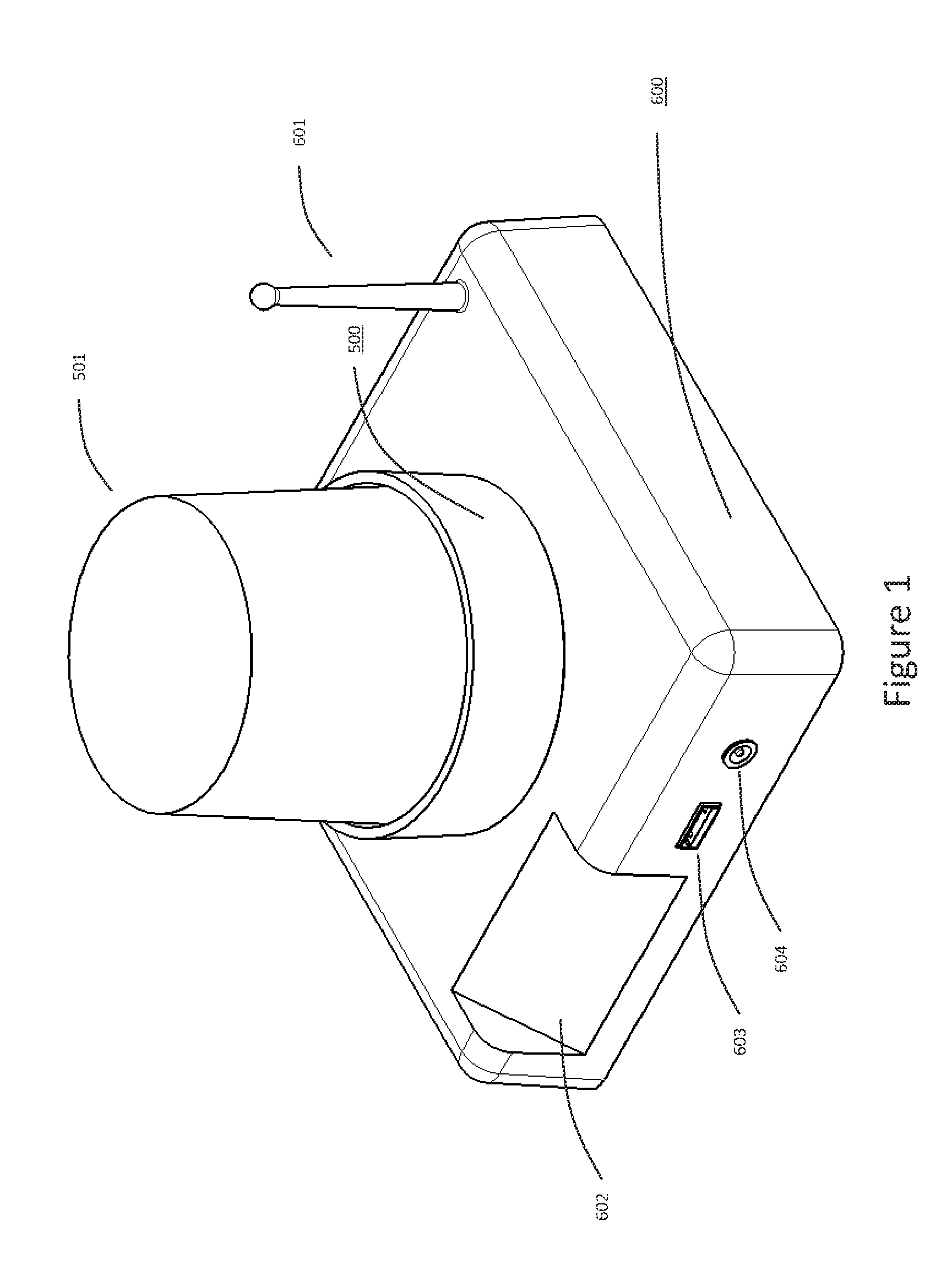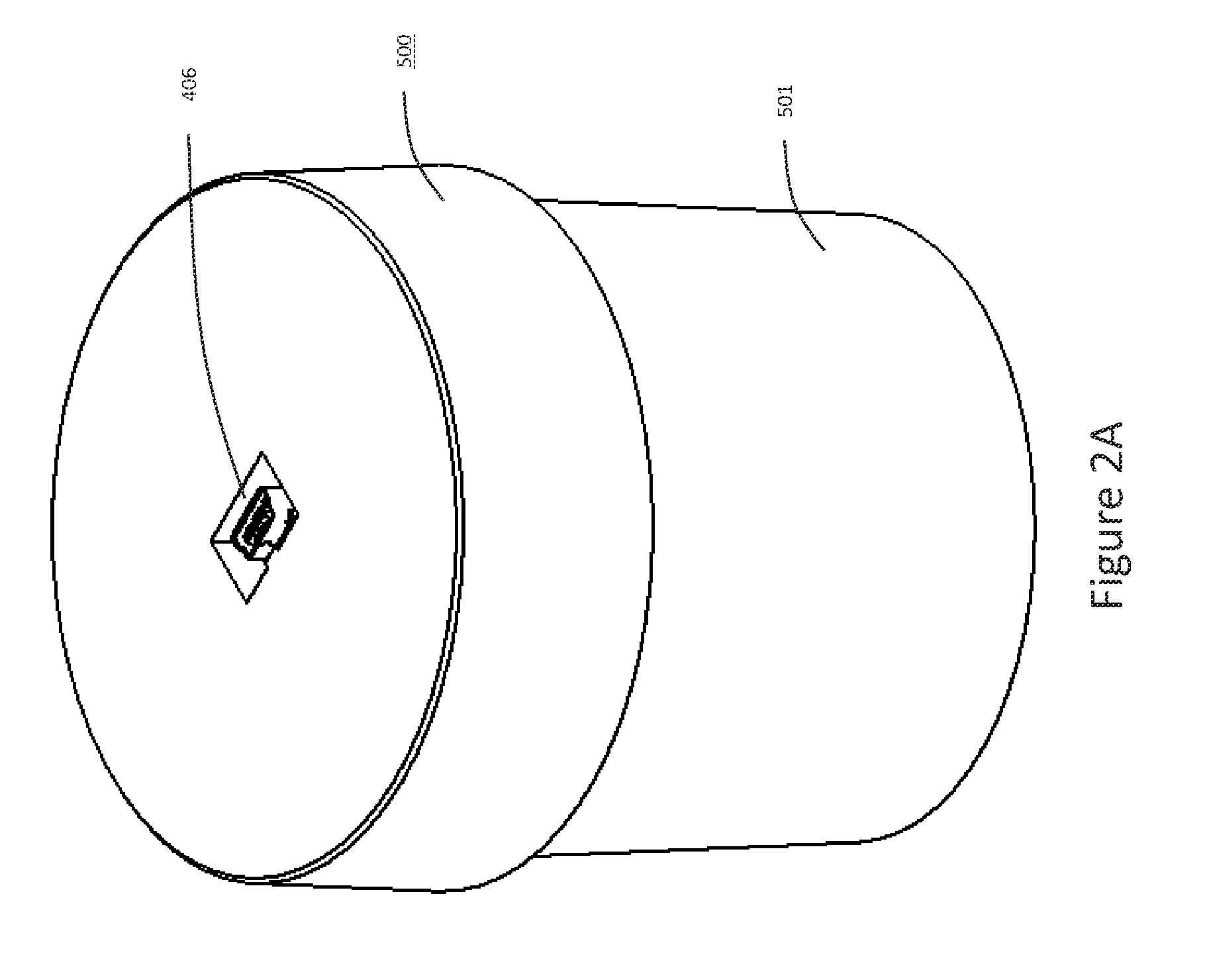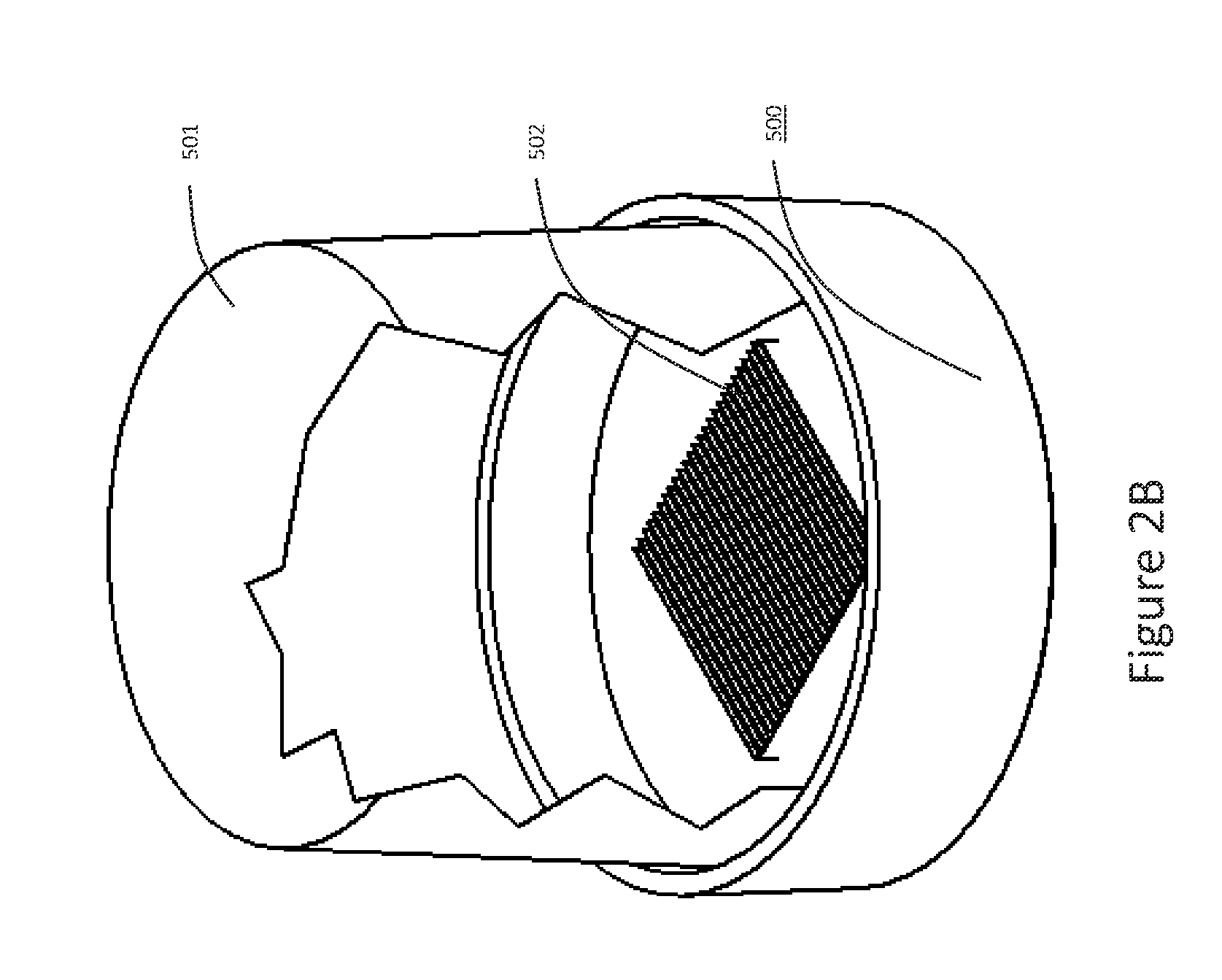Method and apparatus for forming of an automated sampling device for the detection of salmonella enterica utilizing an electrochemical aptamer biosensor
an automated sampling and biosensor technology, applied in the field of chemical biosensors, can solve the problems of significant foodborne illness, high risk of human life, and reduced detection efficiency, and achieve the effects of low cost, minimal training, and high automation
- Summary
- Abstract
- Description
- Claims
- Application Information
AI Technical Summary
Benefits of technology
Problems solved by technology
Method used
Image
Examples
Embodiment Construction
[0102]The disclosed invention and method provides a highly automated system for testing for Salmonella enterica bacteria (2).
[0103]FIG. 1 shows an externalized view of the entire testing apparatus as a whole. A base station unit (600) utilizes a built-in LCD (602) for display of data. Examples of data shown would be progress of testing, current temperature, average temperature, current power level of the batteries, time to finishing of testing, and other such information. FIG. 1 exhibits a wireless antenna (601) coupled to the base station (600) for data communication over various frequencies as determined advantageous, a standard USB connection (603) disposed on the base station (600) for data and power transfer to an externalized programming device such as a personal computer (not shown), and external power supply connector (604) also disposed on the base station (600) for power which can be utilized from an AC or DC power source. Wireless communication is envisioned in a variety ...
PUM
| Property | Measurement | Unit |
|---|---|---|
| pressure | aaaaa | aaaaa |
| pH | aaaaa | aaaaa |
| surface thickness | aaaaa | aaaaa |
Abstract
Description
Claims
Application Information
 Login to View More
Login to View More - R&D
- Intellectual Property
- Life Sciences
- Materials
- Tech Scout
- Unparalleled Data Quality
- Higher Quality Content
- 60% Fewer Hallucinations
Browse by: Latest US Patents, China's latest patents, Technical Efficacy Thesaurus, Application Domain, Technology Topic, Popular Technical Reports.
© 2025 PatSnap. All rights reserved.Legal|Privacy policy|Modern Slavery Act Transparency Statement|Sitemap|About US| Contact US: help@patsnap.com



